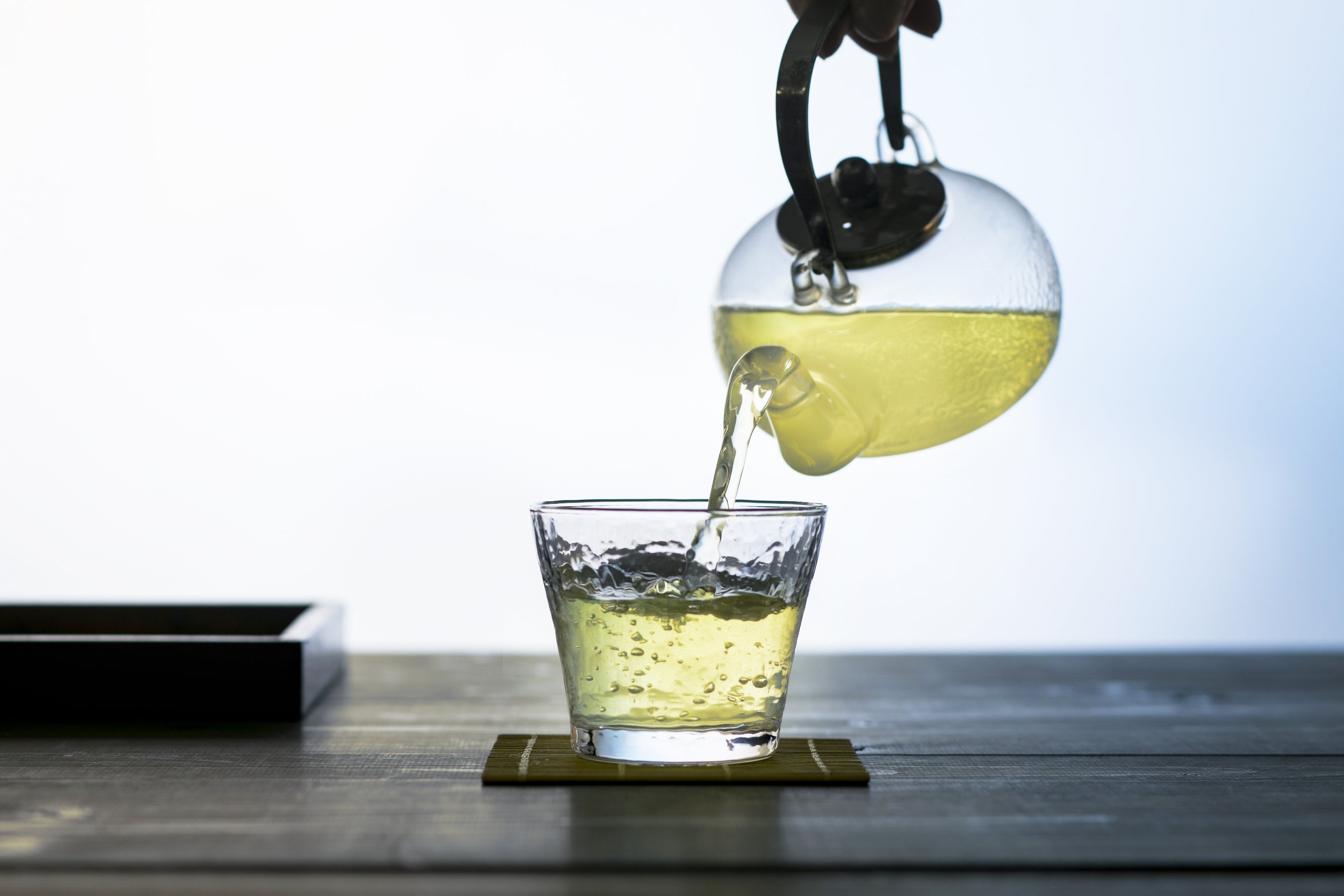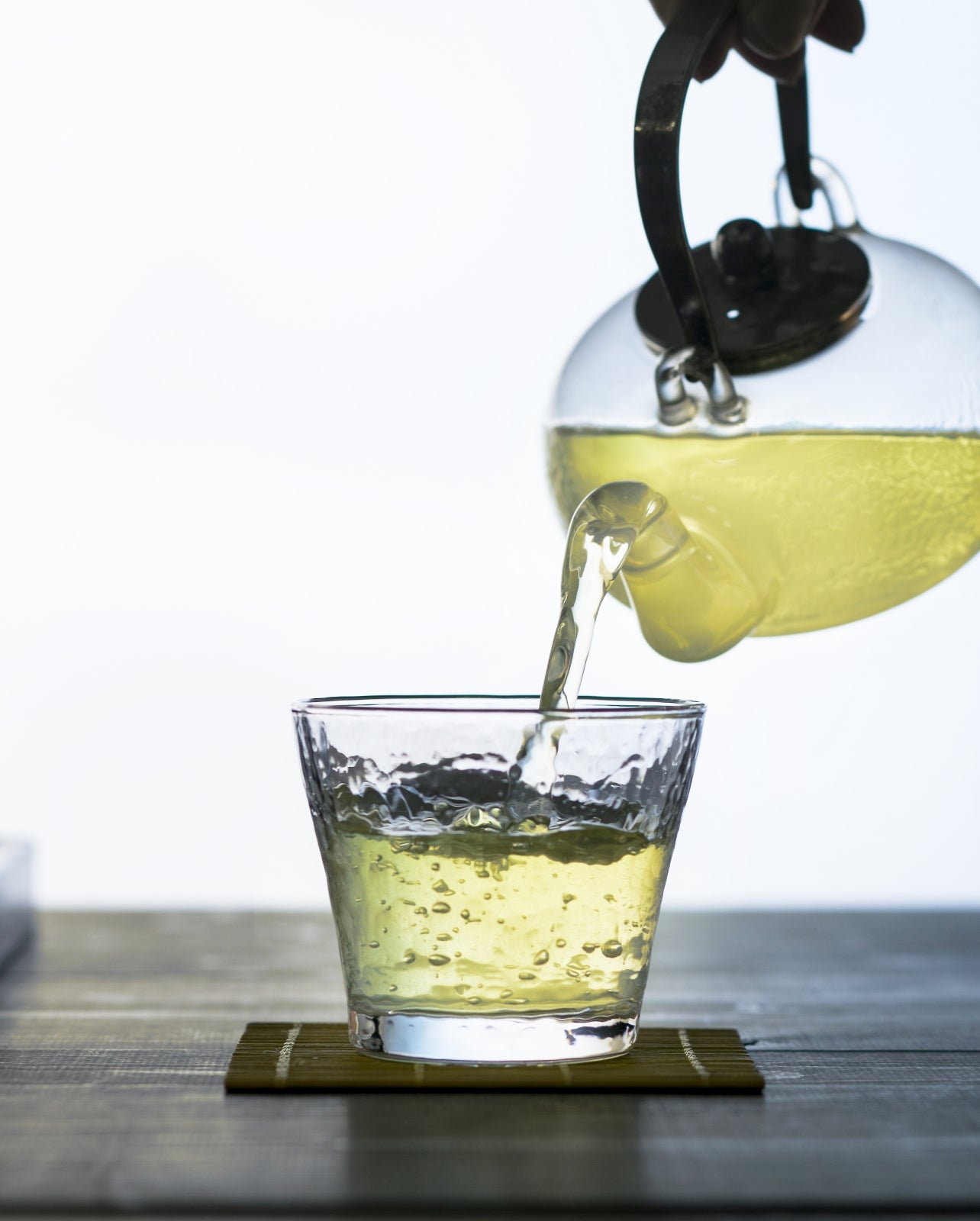Since its inception, we have been pursuing the "characteristics" of each tea.
Sencha is a sweet tea -like one full of refreshing and refreshing feeling.
Gyokuro is like Gyokuro and has a solid taste.
Tea that seems to be delicious to drink regardless of the shape or appearance.
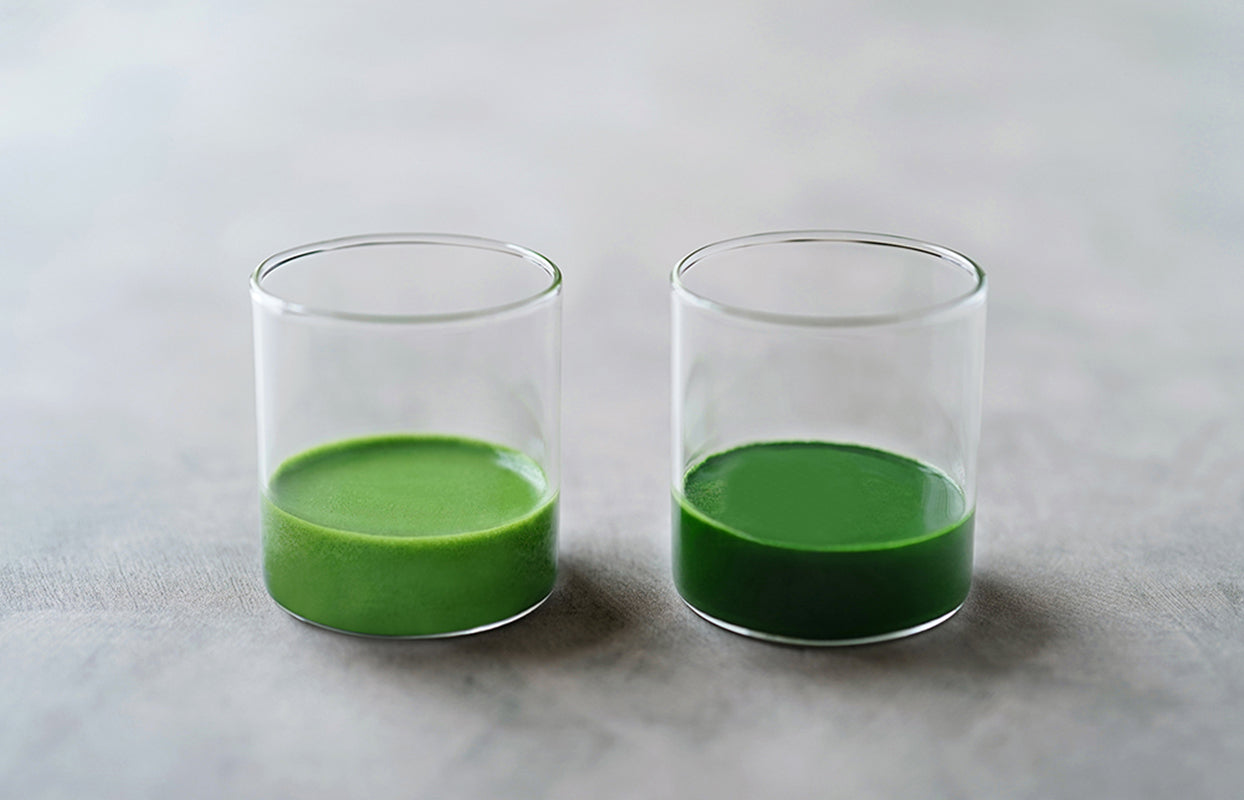
Matcha
Matcha is a type of tea called tencha, which is made by covering the new shoots while they are growing, blocking out the sunlight, and then grinding them finely with a tea mill. Blocking sunlight suppresses the conversion of sweet and umami components into bitter and astringent flavors, creating a deep and mellow sweetness and umami, as well as a rich and deep aroma.
Tencha is the raw material of matcha, and the tea leaves are covered with a cover during the growth period of new shoots to block sunlight and then dried without being kneaded after being steamed. When the stalks and veins are removed and only the soft part of the mesophyll is ground with a tea mortar, it becomes very fine powdered matcha.
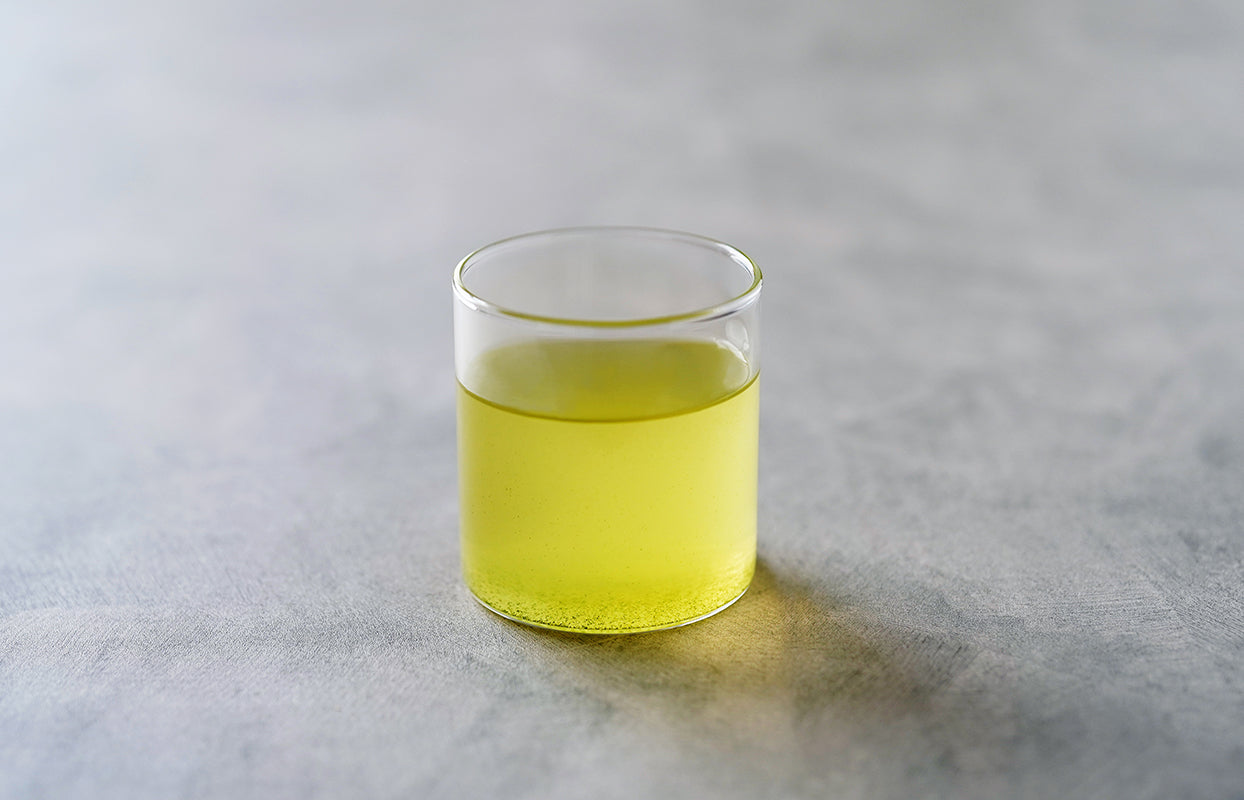
Gyokuro
Like tencha, gyokuro is a tea that is grown under a cover while the new shoots are growing, blocking sunlight. Blocking sunlight suppresses the conversion of sweet and umami components into bitter and astringent flavors, creating a deep and mellow sweetness and umami, as well as a rich and deep aroma. High-quality gyokuro has a unique “covered aroma” similar to the scent of seaweed, with strong sweetness and umami.
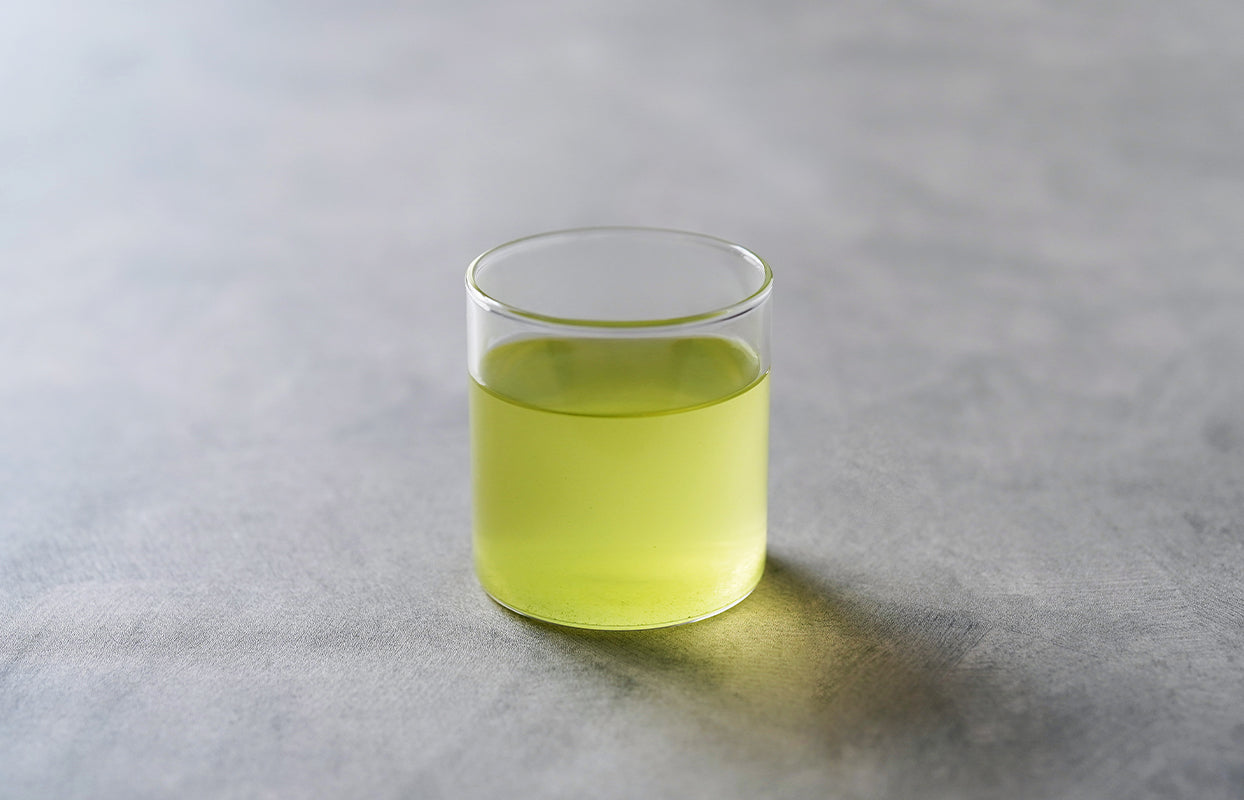
Covered tea
Kabusecha is a tea that is in between sencha and gyokuro. Like gyokuro and tencha, the tea leaves are covered during the growth period of the new shoots, but while gyokuro and tencha block sunlight for at least 20 days, kabusecha only takes about 7 to 10 days. It doesn't have the rich sweetness and umami of gyokuro, but it has a milder flavor than sencha, so it's recommended for people who don't like bitterness.
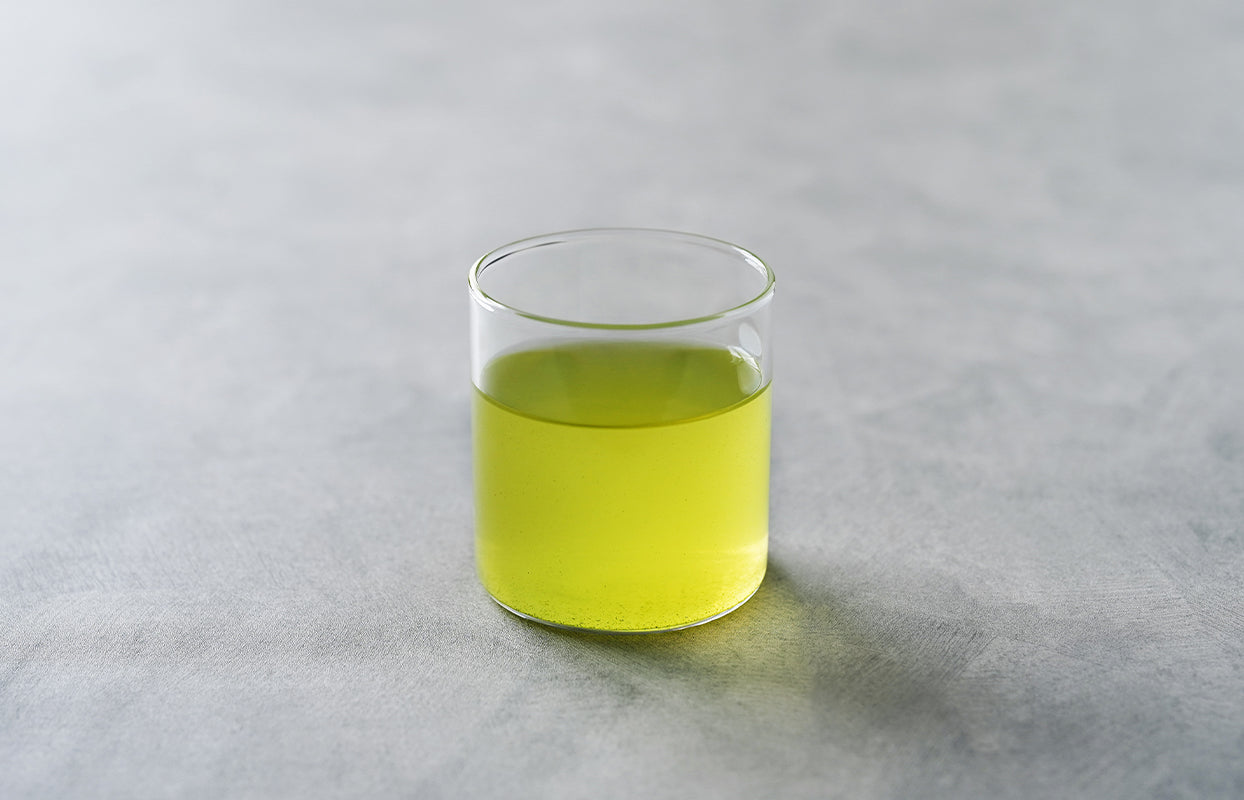
Sencha
Sencha is the most widely grown and consumed Japanese tea. By leaving the tea garden uncovered and exposed to plenty of sunlight, sweetness, umami, bitterness, and astringency are produced in a well-balanced manner, resulting in a refreshing and transparent flavor unique to sencha. In recent years, there are many sencha that are covered for several days before harvesting to suppress the bitterness and astringency and make the tea leaves dark green. At our shop, we select sencha that is not covered as much as possible, although the tea leaves look bad.
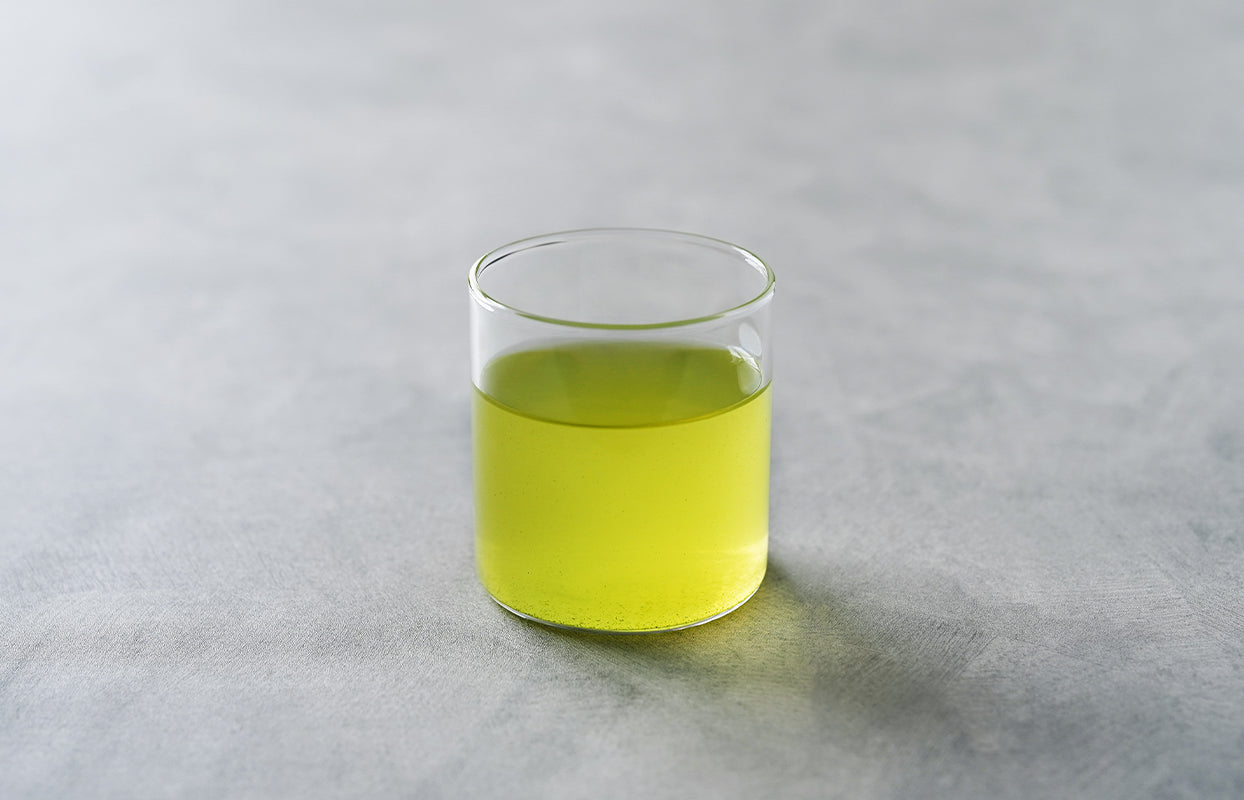
Nakamura tea
Nakamura tea is a blended tea that is only available at our shop. Blending is called "gogumi" in tea technical terms, but Nakamura tea is made by blending 7 types of tea such as sencha and gyokuro in a secret ratio and method, so that anyone can easily make it. , it is finished in a tea that can be deliciously brewed. Nakamura tea is a mixture of various teas, so you can enjoy different flavors by changing the water temperature from cold to hot. By mixing the flavors of each tea, it is attractive to have a quaint flavor that coexists with each other's good parts that cannot be produced by a single tea.
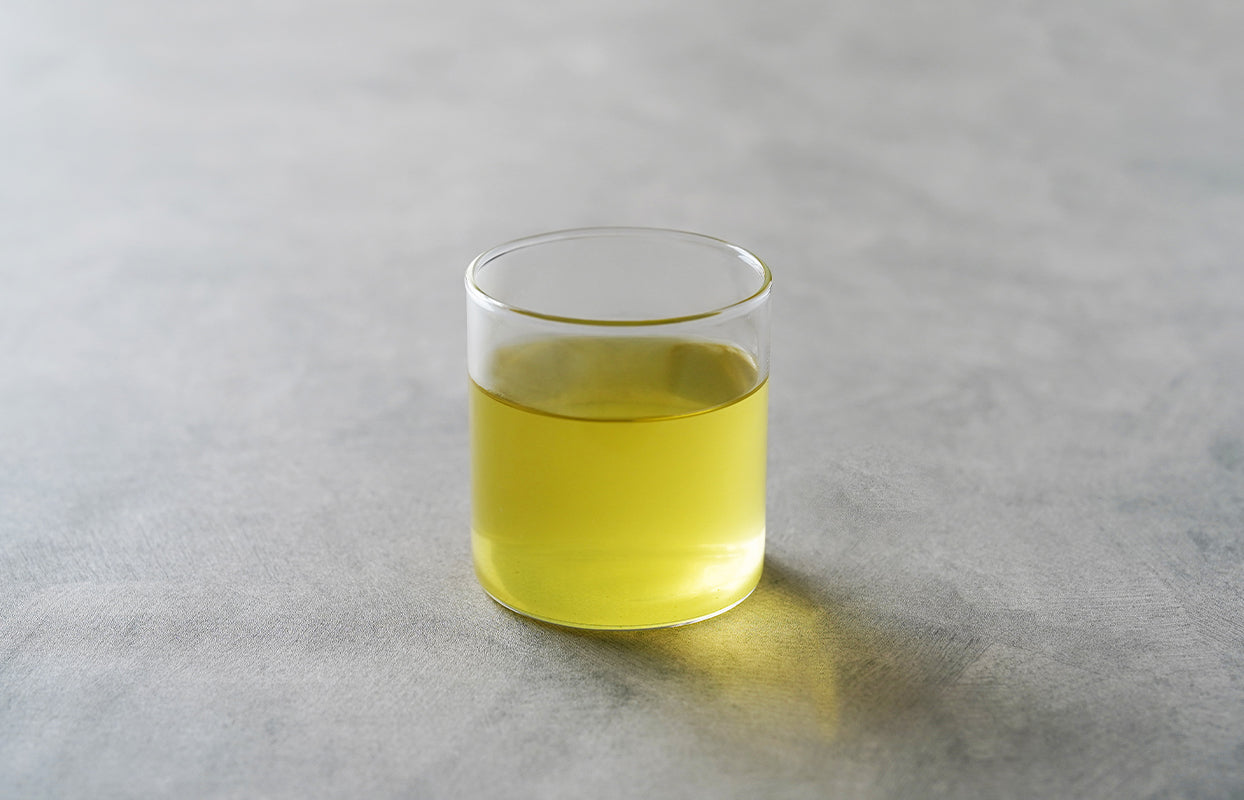
[Sencha] Tokichi
There is an area called Dosenbo in Minamiyamashiro Village in the southern part of Kyoto Prefecture. The high altitude and large temperature difference between day and night throughout the year make it suitable for tea cultivation. Sencha Tokichi is made by slowly maturing sencha grown at Dosenbo until autumn to bring out its richness and depth. The masculine and wild flavors and aromas are all distinct, and if you're used to the mellow and easy-to-drink sencha that is the mainstream these days, you may find it difficult to get used to, but it makes you want another cup. The charm of sencha is overflowing.
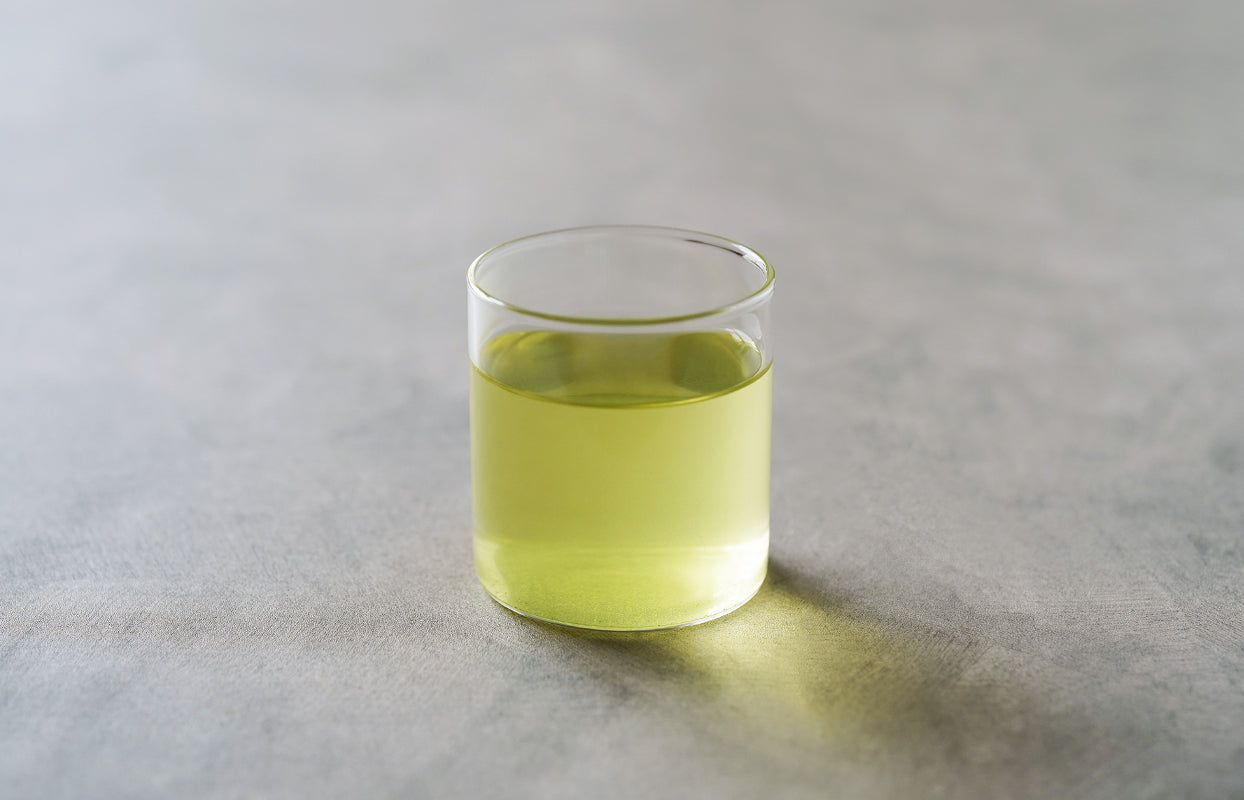
fresh tea
Shincha refers to the tea harvested in the spring of the year (=first tea, from around the beginning of May in Uji). Tencha, gyokuro, kabusecha, etc. are of course available as shincha, but we only sell sencha as shincha. Its greatest appeal is its youthful, fresh scent. The scent of new tea, which is only available for a limited time, makes you feel the refreshing season from spring to early summer. Because it is young, the depth of flavor and aroma is not as good as matured sencha, but you can enjoy the vibrant fresh greenery.
(Because it is a seasonal product, include the sales period.)
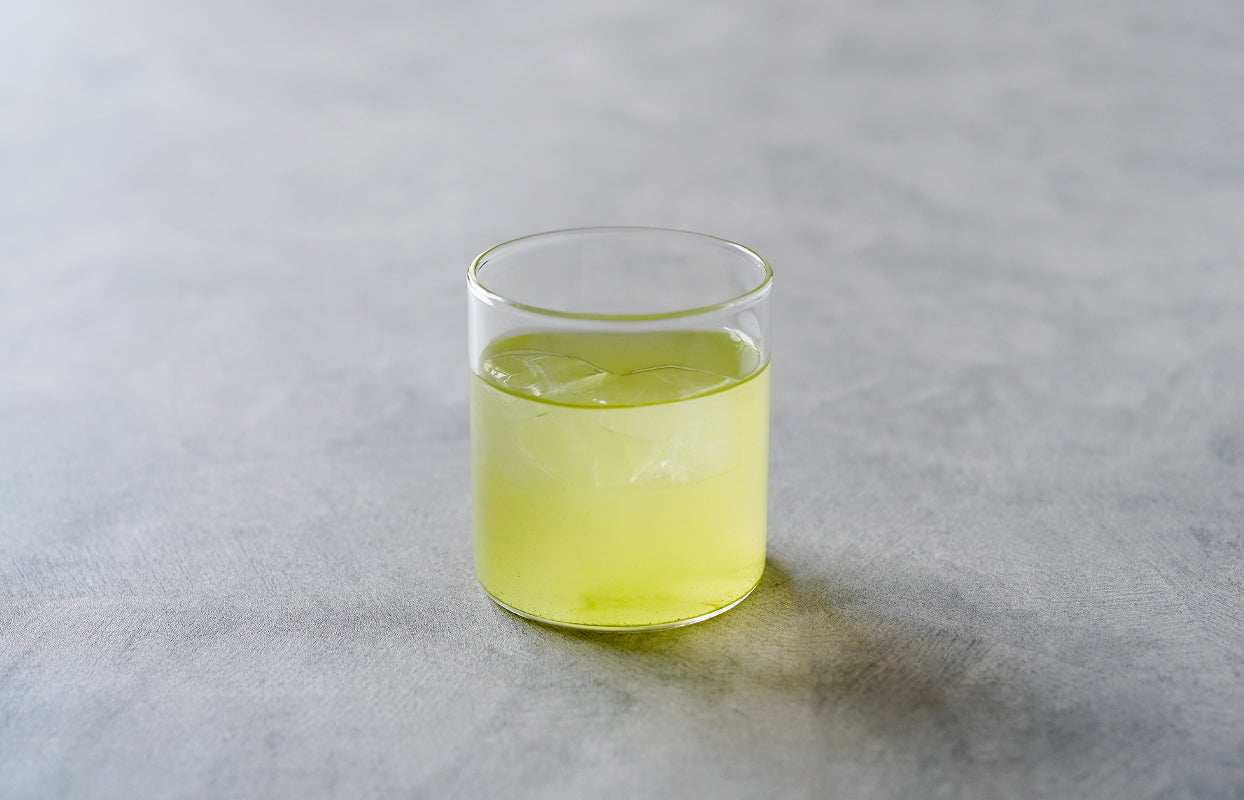
Cold brew sencha
Cold-brewed sencha is a sencha exclusively for cold brewing, which is "gogumi" (blended) so that it will be the most delicious when brewed with water. The higher the tea is served at a higher temperature, the more the bitter and astringent components dissolve out along with the sweet and umami components. If you extract this with cold water, the bitter and astringent ingredients will not dissolve out easily, but it will have a slightly grassy and fishy smell and the overall taste will be unbalanced, so it will not taste very good. Cold-brewed sencha is a seasonal tea that is finished with a unique combination and manufacturing method so that when served with cold water, it has a good balance of umami and richness, sweetness that gradually spreads, and moderate bitterness and astringency.
(Because it is a seasonal product, include the sales period.)
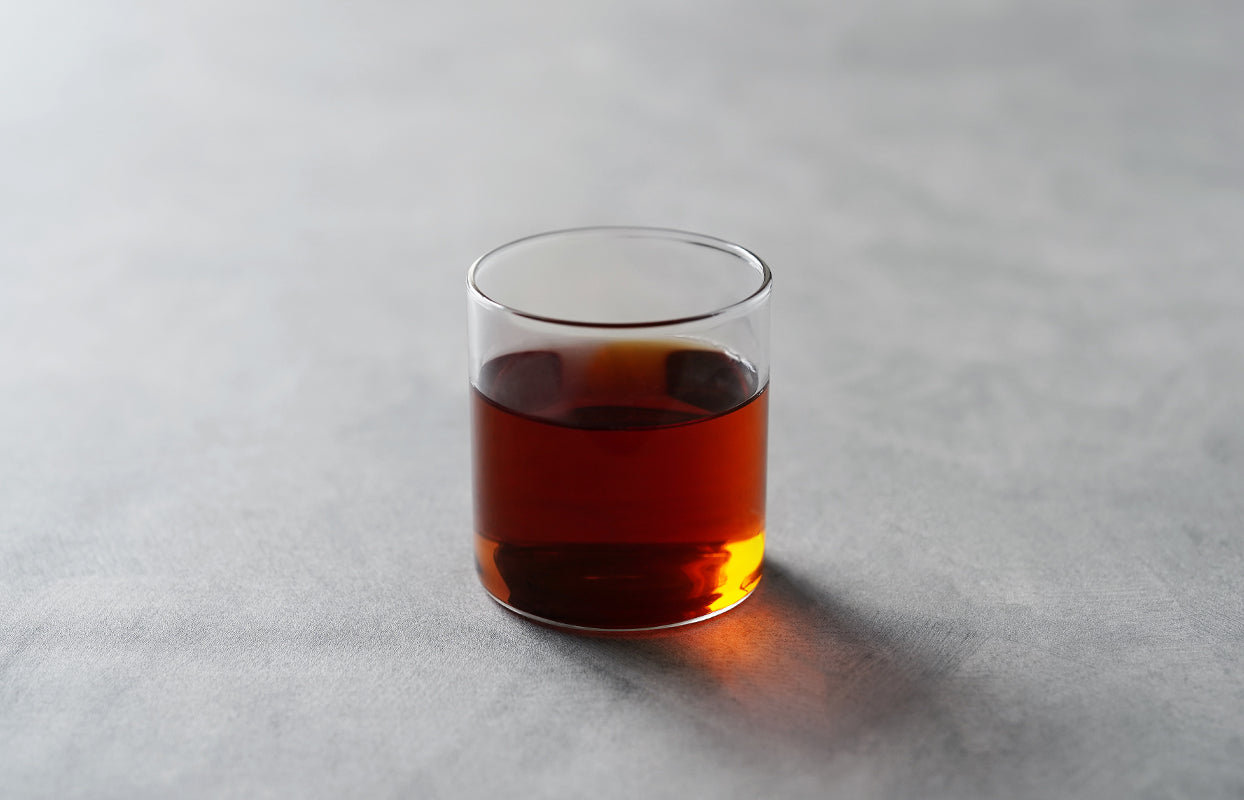
roasted green tea
Hojicha is a tea made by roasting sencha leaves and stems at a high temperature. Roasting at a high temperature reduces bitterness and astringency, resulting in a very refreshing taste. It goes well with various meals and Japanese and Western confectionery, and the content does not matter. Also, its gentle flavor makes it easy to drink hot or cold, making it a perfect thirst quencher.
There are two main types of Hojicha: “Hojicha”, which is mainly made from roasted leaves, and “Kuki Hojicha”, which is made from roasted stems. Both have different charms, but Hojicha is light and simple, while Kuki Hojicha is sweet and slightly rich. Please use properly according to your preference and mood.
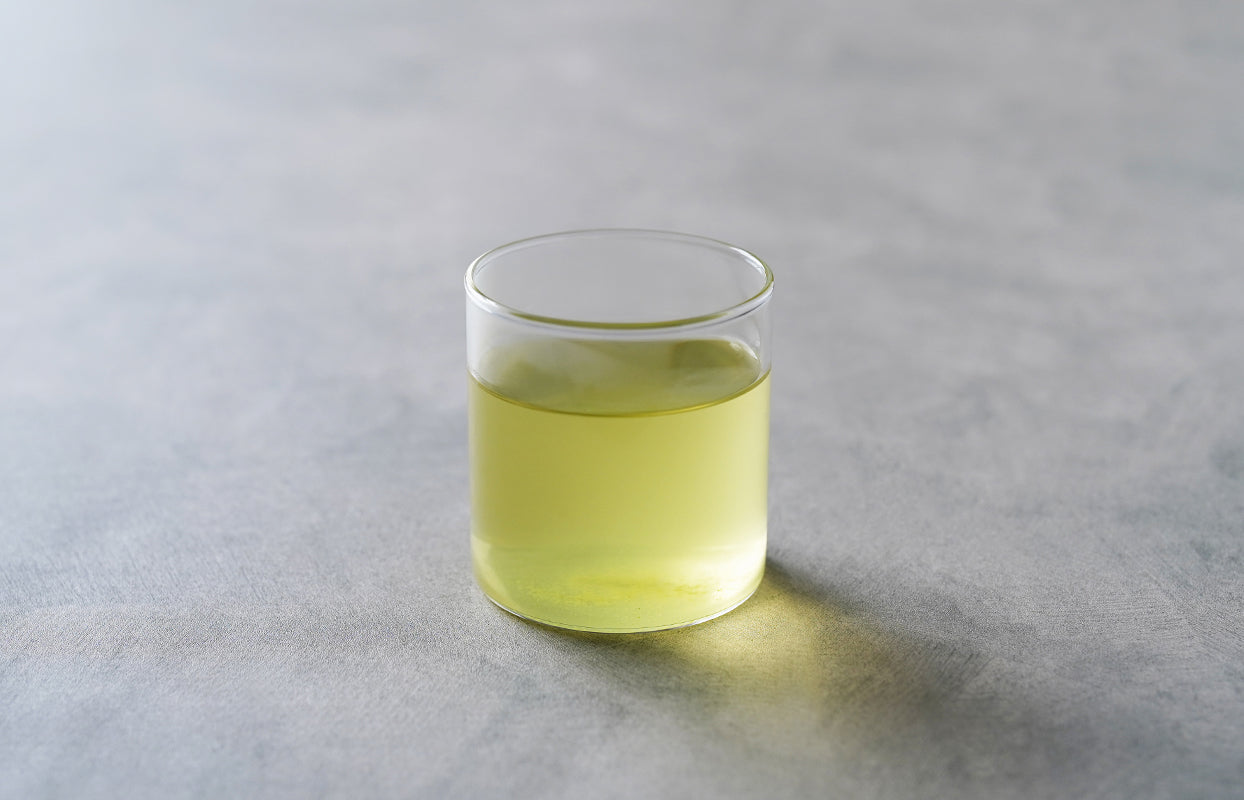
Kukicha
Kukicha is a type of tea made by collecting stems that are produced during the process of sorting the size of tea leaves during the production of sencha and gyokuro. In Kyoto, high-quality gyokuro stalks used to be called 'Karigane', but nowadays, all tea stalks are often called 'Karigane'. In addition, various names such as "white folding" may be used depending on the region. Kukicha has a lighter and lighter taste than leaf tea, making it easier to drink. It is also recommended when you don't have much time because it doesn't have a bitter and astringent taste even if you boil it in hot water.
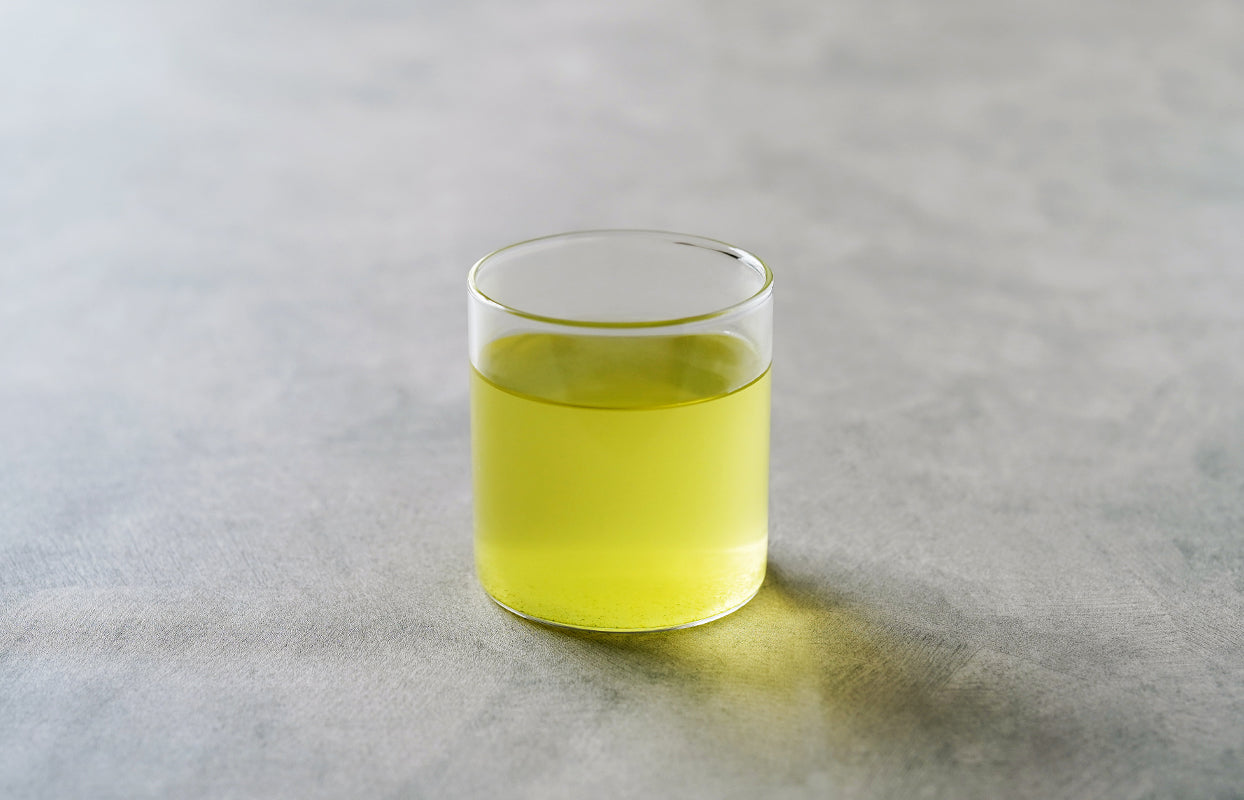
Genmaicha
Genmaicha is a tea made by mixing roasted brown rice with grown sencha. The savory aroma of crispy roasted brown rice adds a different spiciness to the flavor of tea, such as hojicha. The tea and brown rice are blended about half and half, so the texture and flavor are very light, and one of the charms is that you can easily drink it at any time. It is also recommended for ochazuke.
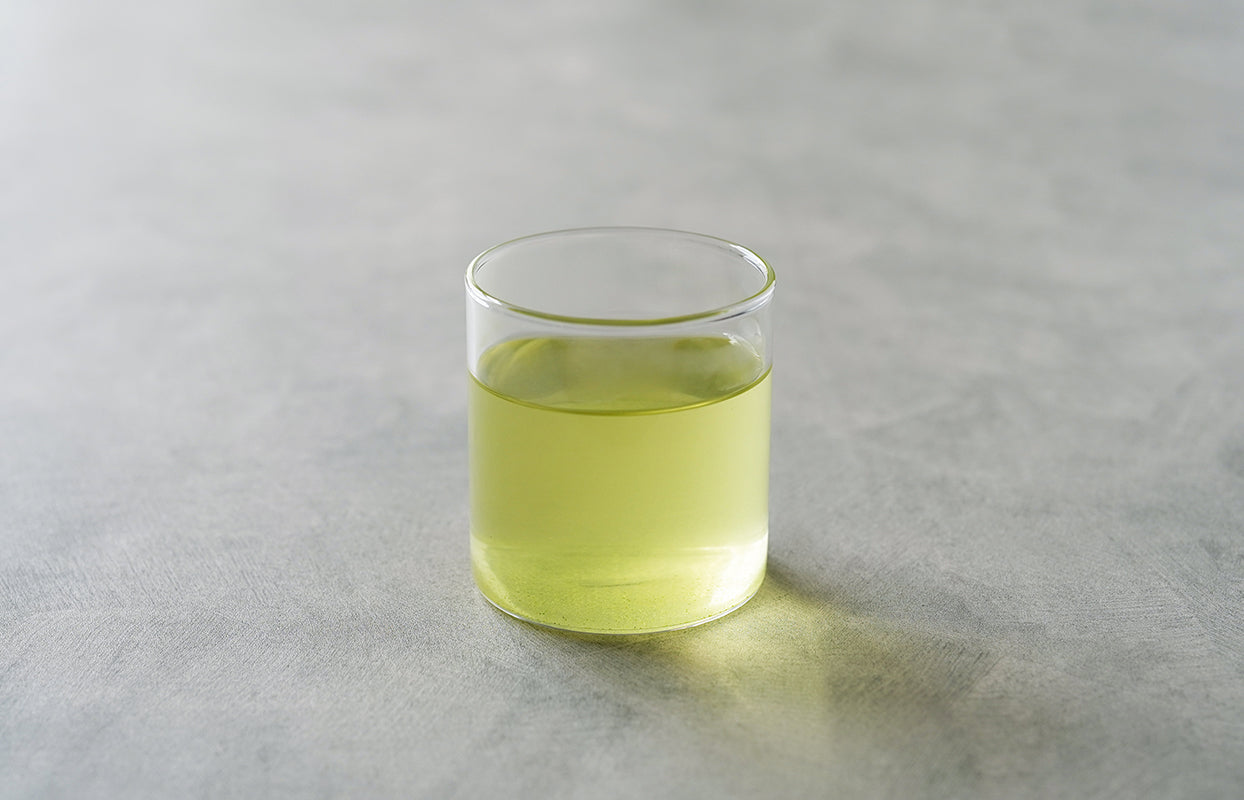
Kyoyanagi
Yanagi has a relatively wide range of meanings and contents, and in some regions it is called bancha. At our store, it refers to sencha that has grown larger, or tea that collects large pieces that come out when making sencha, and depending on the content of the tea, it may be the raw material for hojicha or genmaicha. Since it is basically sencha, the flavor is similar to sencha, but the biggest difference is the size of the tea leaves and the light flavor. In common with genmaicha, the grown sencha does not have too much sweetness, umami, or bitterness and astringency in a good way, and it has a very refreshing flavor even when served with boiling water. Some people find it easier to drink and more delicious than sencha, so it is perfect for ochazuke. It may not be suitable for serving to customers, but it is a tea that you can enjoy without straining your shoulders and elbows.
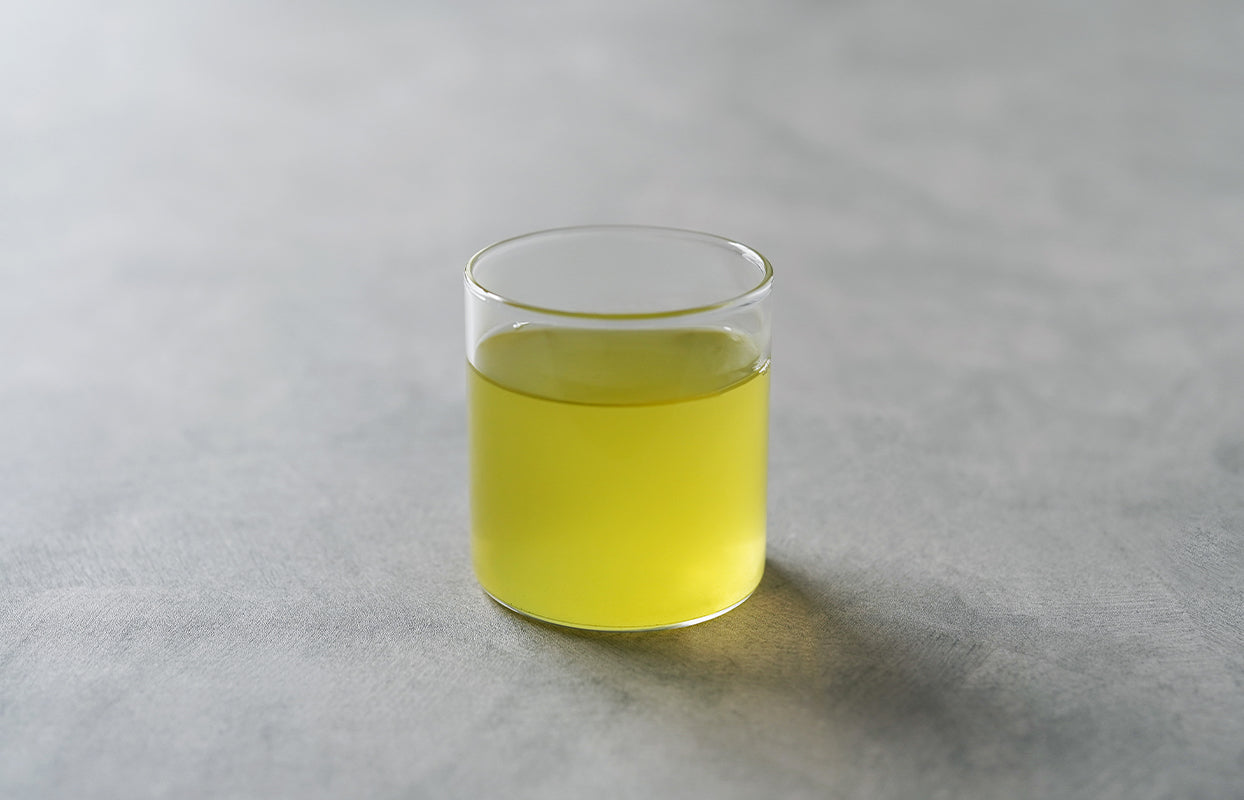
tea powder
Konacha is a tea that collects finely crushed parts that are produced during the production of sencha and gyokuro. Because it is fine, it is easy to extract flavor components, and the extracted tea contains a lot of powder itself, so the taste and color will be very strong. Among the powdered teas, there are teas called Mecha and Jinko (in our store, they are called Senjinko and Gyokujinko). It is a tea made by collecting small leaves and sprout tips that are curled into balls. The ingredients are condensed in small leaves and buds, so it is characterized by a very rich taste.
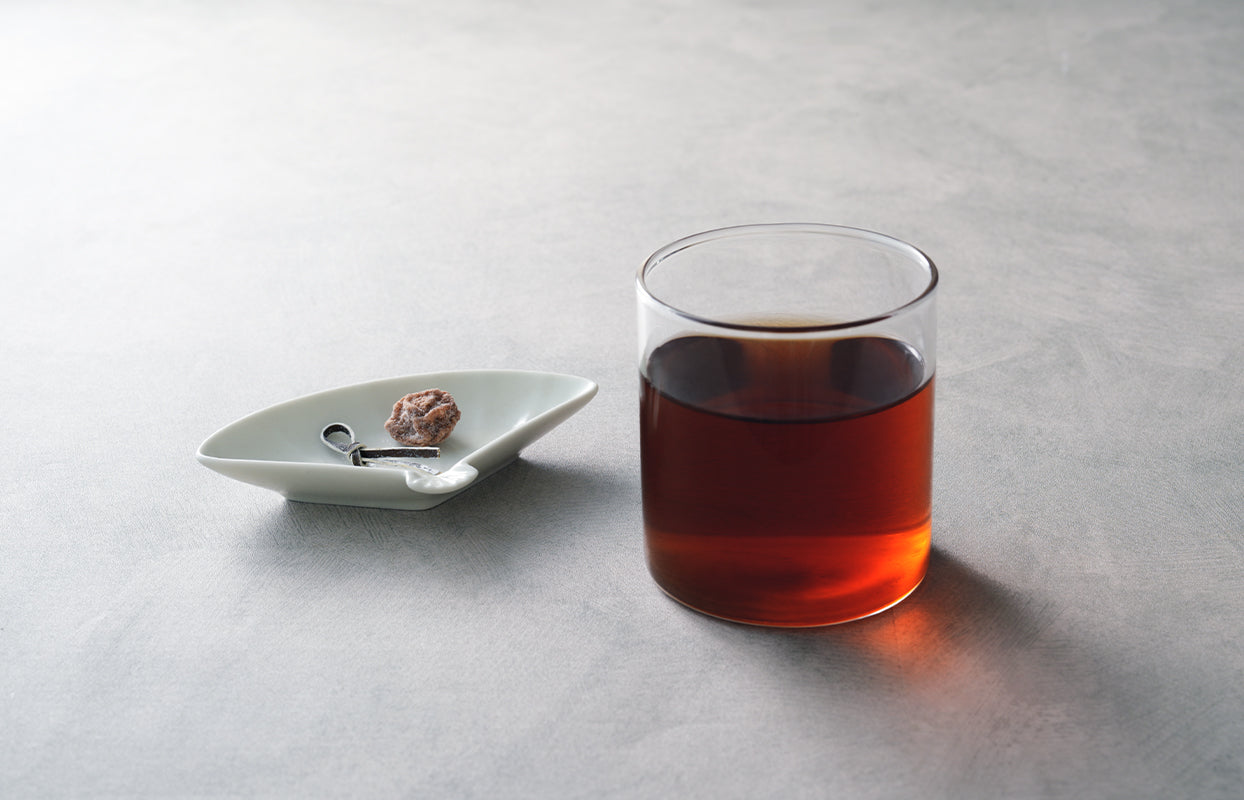
Daifukucha
In Kyoto, people drink tea with umeboshi and kelp on New Year's Day to pray for good health for the year.
This tea is called 'ofukucha' (ofukucha), and is said to have originated in the Heian period when an epidemic broke out in Kyoto, and Kuya Shonin served it to the common people to ward off the plague. . There are various types of tea, such as sencha and genmaicha, depending on the home or shop, but we use Kuki Hojicha. Although the format is different, there are customs related to tea to pray for good health other than daifuku tea all over the country, so please look for them.
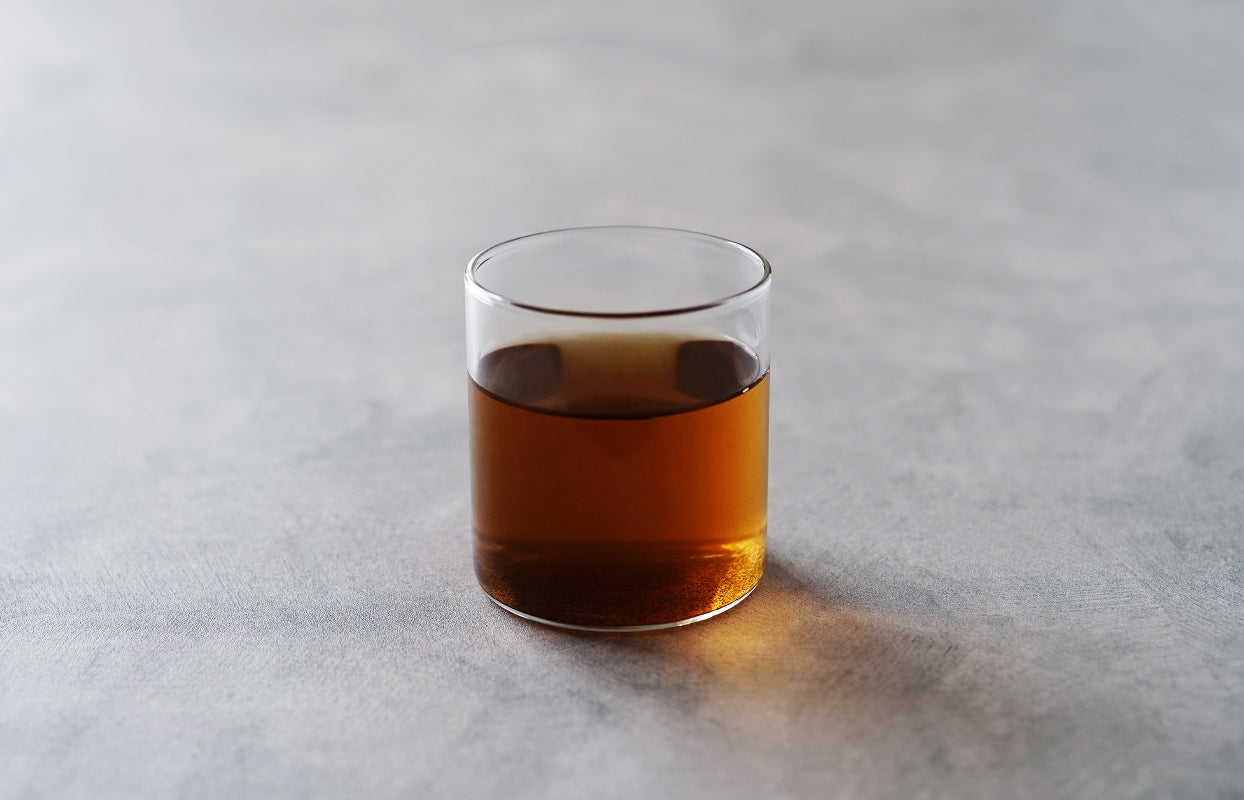
Other tea
Green tea, Obukucha, barley tea tea bags with kukihoji (roasted rice), etc.



